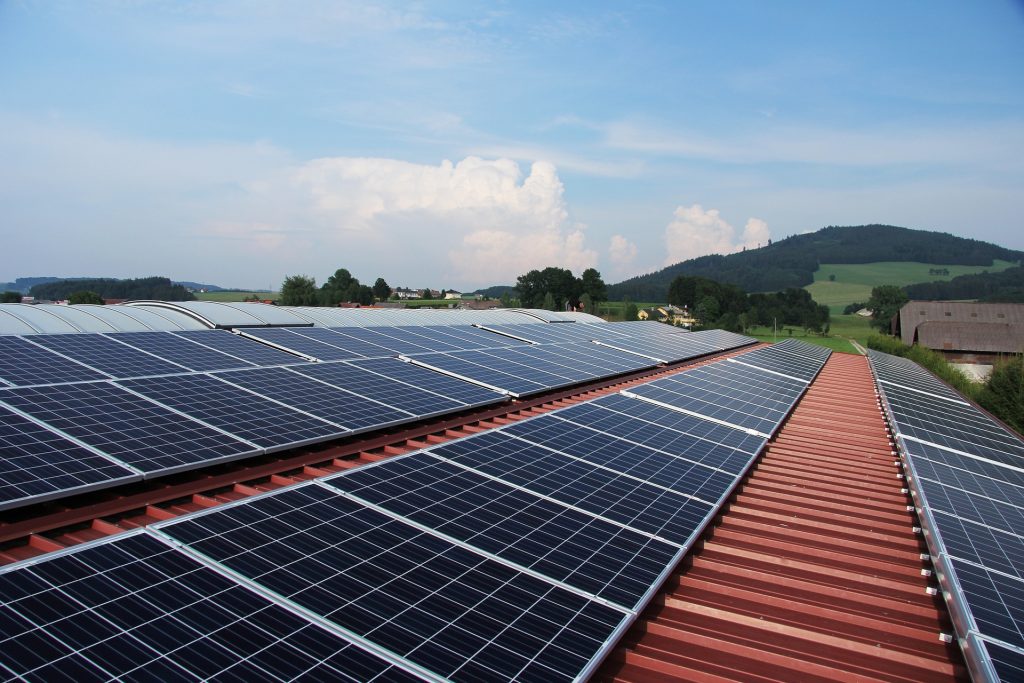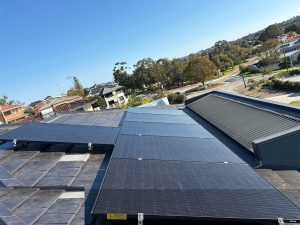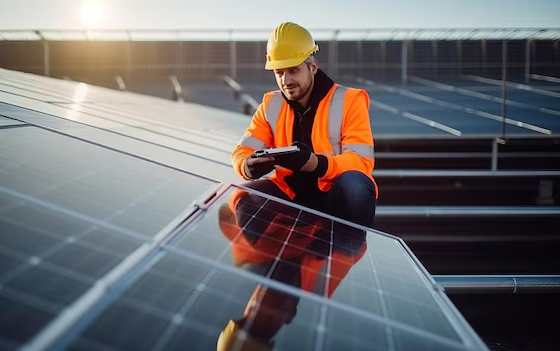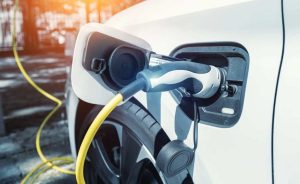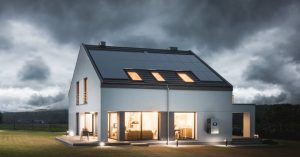Rooftop solar systems are a great way to save money on your energy bills and reduce your carbon footprint. However, it’s important to understand the terms of solar system guarantees and warranties and how they differ.
A power production guarantee is a promise from the solar installer that your system will produce a certain amount of energy over a certain period of time. This guarantee can be helpful in case your system doesn’t produce as much energy as expected. Here, the system will be replaced altogether free of cost during the guarantee period.
A solar system warranty is a promise from the manufacturer that the solar panels will be free from defects for a certain period of time. Here, the system will be repaired for free during the warranty period.
Here are some things you might want to consider in a guarantee or warranty:
- Duration of the guarantee.
- Amount of energy that is guaranteed.
- Terms and conditions under which the guarantee can be availed.
- The process for filing a claim.
Solar Panel Guarantee
A solar panel guarantee is a promise made by the manufacturer regarding the expected performance and reliability of the solar panels. It represents the manufacturer’s confidence in their product and typically extends beyond the warranty period. The guarantee assures the customer that the panels will meet certain performance standards or criteria over a specified duration.
For how many years solar power production is guaranteed?
The amount of time that solar power production is guaranteed depends on the manufacturer and the type of solar panel. The solar installer offers a production guarantee (PG) to assure the homeowner that the installed solar system will generate a specific amount of energy during a specified duration. Typically, these guarantees last for 10 years – 30 years since solar panels are generally considered a long-term investment.
The guarantees usually decrease over time, with a pledge to deliver 90% of the promised production amount in 10 years and 80% in 20 years. If you’re concerned about the amount of energy your solar panels will produce, you can talk to your solar installer about the specific guarantees that come with your system.
Key points regarding solar panel guarantees:
- Performance assurance: The guarantee ensures that the solar panels will generate a specific amount of energy or maintain a certain level of efficiency for a defined period. If the panels fail to meet these criteria, the manufacturer may offer compensation or replacements.
- Extended coverage: While warranties have fixed terms, guarantees often provide extended coverage, sometimes up to 30 years or more. This gives customers additional peace of mind regarding the long-term performance of their solar panels.
- Specific terms: The guarantee may have specific requirements, such as regular maintenance or using approved installation practices, to maintain its validity.
Solar Panel Warrantee
A solar panel warranty is a agreement between the manufacturer and the customer that outlines the terms and conditions of the coverage provided for the solar panels. It typically addresses defects in materials, workmanship, and the performance of the panels. The warranty period can vary depending on the manufacturer and usually ranges from 10 to 25 years. Some high-quality solar panels may even come with warranties extending beyond 25 years.
Here are some of the Australian Solar Panel brands with their guarantees
| Solar Panel Brand | Years of Warranty or Guarantee |
| Trina | 25 Years to 30 Years |
| JA Solar Panels | 25 Years |
| Jinko | 30 Years |
| Longi | 12 Years |
| Qcells | 25 Years |
| Risen | 25 Years |
| Canadian | 25 Years |
Key points regarding solar panel warranties:
- Material and workmanship defects: The warranty covers any issues related to the manufacturing process or the quality of materials used in the solar panels.
- Performance guarantee: Many solar panel warranties also include a performance guarantee that ensures the panels will maintain a certain level of power output over the warranty period. If the panels fall below the specified performance level, the manufacturer may provide compensation or replace the panels.
- Warranty terms: The warranty document specifies the conditions under which the warranty is valid, any exclusions or limitations, and the process for filing a warranty claim.
Major Factors that can affect system performance
There are many factors that can drastically affect the solar PV system performance and deteriorate its health over time. To avoid this, keep your systems away from shadows and dust and install DC optimizers using microinverters to reduce the impact of loss.
- Shadow and dust
A solar system’s efficiency can decrease by 80% by shadow and 40% by dust. Even partial shadow can cause more damage than dust. You must keep your rooftop solar system free from shadow and dust.
- Climate
Extreme weathering of solar cells can permanently damage them. The more the temperature, the more inefficient it becomes in generating power. To avoid this, install a system with lower temperature loss coefficient or introduce a mechanism that can maintain a steady temperature for the solar system.
- Quality and type of solar system
Monocrystalline solar panels are made from a single crystal of silicon, while thin-film solar panels are made from multiple layers of silicon. Monocrystalline solar panels are more efficient than thin-film solar panels, but they are also more expensive and vice-versa. If you have ample space and budget, you may install the Monocrystalline solar panels as they offer great solar system guarantee options.
- Tilting
To maximize the amount of sunlight that hits your solar panels, tilt them at an angle equal to your latitude and face them south. For example, if you live in a place that is located at 30 degrees latitude, you should tilt your solar panels at an angle of 30 degrees. This will ensure that your panels receive the most sunlight possible throughout the year. So, install your rooftop PV systems keeping this in mind.
- IAM loss
IAM loss, or Incident Angle Modifier loss, is a loss in power output that occurs when the sun’s rays hit a solar panel at an angle other than perpendicular. This is because the sunlight is spread out over a larger area when it hits the panel at an angle, and therefore less of it is absorbed by the solar cells. IAM loss can be mitigated by tilting the solar panels so that they face the sun more directly, by cleaning the panels regularly, and by using high-efficiency solar panels.
- Roofing material
If you are living in warmer climates, your roof should be made of a material that doesn’t heat up such as ceramic tiles. Dark pigments in the color of roofs can absorb more heat, thus you should avoid them if not living in colder climates.
- Inverter loss
Usually capped between 2-5%, Inverter loss occurs when DC generated by solar system is converted to AC for use. The loss would be increased by high temperatures, more load, and type of inverter. To reduce it, always try to use a large inverter in cool temperature and lesser load.
- Maintenance of solar PV system
Your degradation of solar panels cannot go up by more than 1%. It is important to regularly clean your rooftop PV system and keep it free from dust, ice or any other weathering condition. You should not only rely on that but call your solar retailer to check the efficiency of solar panels.
Proactive Solar System Monitoring
PV monitoring platforms help us in early detection of problems. They help us in:
- Calculating the life of solar panel
- Provide reports
- Calculation of cost savings
- Inform operators about any problem
- Issuing and tracking of maintenance tickets
Cost of installing one ranges from $1,800- $5,000 would help you in claiming solar warranty.
Is It True That Solar Panels Can Last Up To 25 Years?
Solar panels can last up to 25-30 years. According to the National Renewable Energy Laboratory (NREL), a tier one solar panel would give 89% of its original power output even after 30 years with year on year degradation rate of 0.50% and it can save you thousands of dollars over time. Keeping all the permutations and combinations in mind, it’s imperative to keep your solar systems running smooth and in perfect health.

